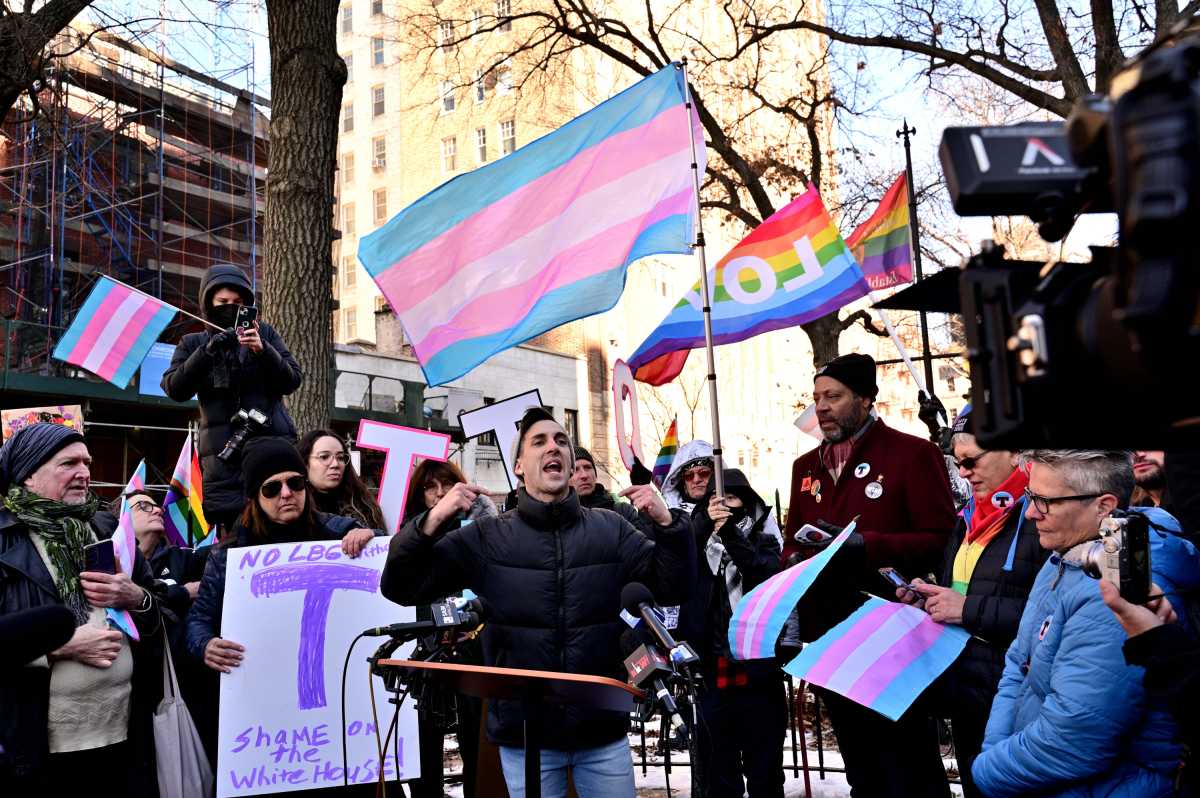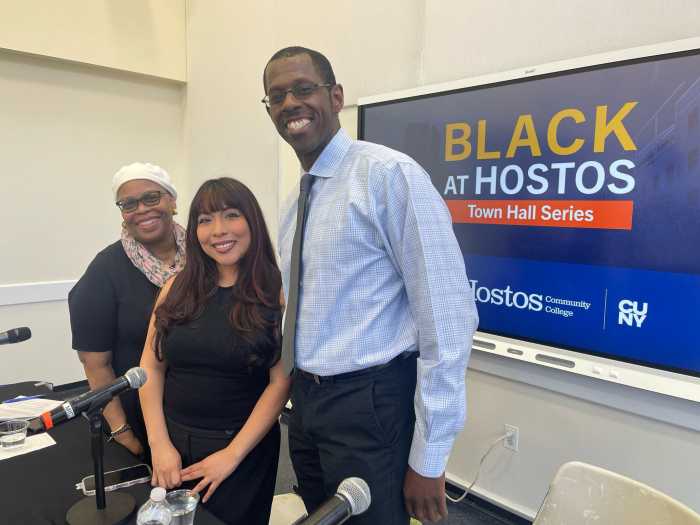By Kevin Shea
Your Nov. 24 article, “Self-certification is blamed for bulked-up buildings,” raises an important question: Does the Department of Building’s professional certification program allow for effective enforcement of New York City building laws? The permit history for 4 E. Third St. outlined in your article strongly suggests not. We all ought to wonder if that one building is a particularly egregious exception to the rule, or whether it is a manifestation of a much more serious and consequential problem.
In your article, both Ilyse Fink, speaking for D.O.B., and the developer minimized the import of the objections raised in D.O.B.’s May 2004 audit of the self-certified plans and applications for 4 E. Third St. on the Bowery. D.O.B. might show a greater faith in its examiners; auditing a job already under construction must be a thankless task, and my experience is that the auditors typically do not raise trivial objections. In this case, the audit objections related to virtually every zoning parameter applicable to the site, including use, floor area, parking, etc. In fact, the audit objections were serious enough to trigger an immediate stop-work order, as well as a threat from D.O.B. to revoke the approvals and permits altogether.
As further testament to the quality of the objections raised in the audit, one needs only to compare the self-certified “approval” to the proposal filed last month to resolve the still outstanding objections. Prior to the audit, the building was predominately an apartment tower of 10 stories over a mixed “community facility” and commercial base; it also had two levels of parking for a total of 60 cars. D.O.B.’s audit revealed that, as “approved,” there was inadequate “open space” for the residential component; that the community facility designation for “faculty housing” was unjustified; and that the number of proposed parking spaces, 60, far exceeded that permitted for the site (no more than 20 by my calculations). And these were just the major zoning issues raised by the audit.
In other words, it was back to the drawing board for virtually the entire project, and only because a local resident alerted D.O.B. Under the latest proposal, the building will be predominately a commercial hotel (for which zoning does not require any open space), rather than an apartment house; the faculty housing has been abandoned; and the number of proposed parking spaces appears to be significantly reduced as well. Yet, I believe a number of fundamental issues remain outstanding even today, which may explain why D.O.B. has yet to approve even this latest, substantially revised scheme.
For instance, seven stories are clearly visible in the base of the building fronting on the Bowery, whereas no more than six are permitted by zoning. Part of the “hotel” lies in a residential zoning district, which should require a variance from the Board of Standards and Appeals (in turn triggering community board review). The unenclosed, rooftop parking at the second floor requires either a special permit from the City Planning Commission, or a modification of the B.S.A. variance granted to the earlier gas station and garage, the shell of which still survives on the site. (Just last month, the applicant filed a new application that purportedly “grandfathers” the non-complying rooftop parking. However, an express condition of the original B.S.A. variance was that there be no cellar to the building. Since the new construction includes a new cellar beneath the existing garage in which to park another 30 cars, the old variance presumably has been lost).
And more than just zoning is at stake. As the D.O.B. auditor pointed out in his objections, a so-called “scissor stair” (imagine two stairs wrapped around each other like a helix in a single core) is generally permitted only for an apartment building, and not for a commercial hotel. Yet a scissor stair is what has been built at 4 E. Third St. To date, no fire alarm or emergency generator application has been filed for the proposed hotel, nor is there a new filing for the additional sprinkler coverage that is required by code of a hotel compared to an apartment building. In addition, from what I can tell, the self-certified plans and applications show neither a gravity tank nor a fire booster pump as required for the fire standpipe system. The lot-line windows just recently installed on the south facade, including ones less than 60 ft. above the immediately adjoining non-fireproof building, far exceed what is permitted by code.
It is inexplicable to me why D.O.B. has allowed construction on this project to proceed for over six months with these kinds of substantial zoning and building code issues still outstanding. Fink says that “none of the objections are insurmountable.” Maybe.
We won’t know for sure until D.O.B. finally approves revised plans and applications to supercede those that it found defective in its May audit. But shouldn’t we expect more than grudging, after-the-fact compliance once you’ve been caught up short? There are times when after-the-fact compliance will be too late. In this very case, several months before D.O.B. finally audited the job, its inspectors cited the contractor for numerous violations involving the illegal underpinning of each of the two buildings that adjoin the site (both happen to be city-owned homeless shelters). D.O.B.’s inspector correctly ascertained that the self-certified approval did not cover any excavation or underpinning operations; in fact, at that time the building was supposedly to be built with its first floor at grade, without any cellar at all. Since neither of the adjoining buildings collapsed for having their foundations compromised, I guess you could say: No harm, no foul. But certainly that cannot be the test for policing self-certified applications.
What I suspect and fear is that 4 E. Third St. exemplifies a more fundamental problem, namely that D.O.B. has neither the institutional will nor the resources to effectively police its professional-certification program. Consequently, the program provides a perverse incentive to at least some applicants and owners to falsely certify applications in hopes that they don’t get caught until it’s too late for any non-compliance to be corrected. The risk of an audit is only one in five, and the potential financial rewards (additional apartments, floor area, windows, parking spaces, etc.) too great to resist. Even should D.O.B. later audit the job and identify zoning or code violations, the remedial measures necessary to bring the building into compliance may be so expensive or onerous that D.O.B. may be forced to accommodate a condition it might not otherwise allow. As it is often said, “It’s easier to get forgiveness than permission.” But unless D.O.B. is willing and able to rigorously enforce both the remedial and disciplinary terms of the program, self-certification will disadvantage those in the building industry (owners and developers, architects and engineers, and D.O.B. “expediters,” such as myself) who work hard everyday to abide by the law and follow the rules. Even more important, the community at large is denied the full protection of the law to which it is entitled.



































